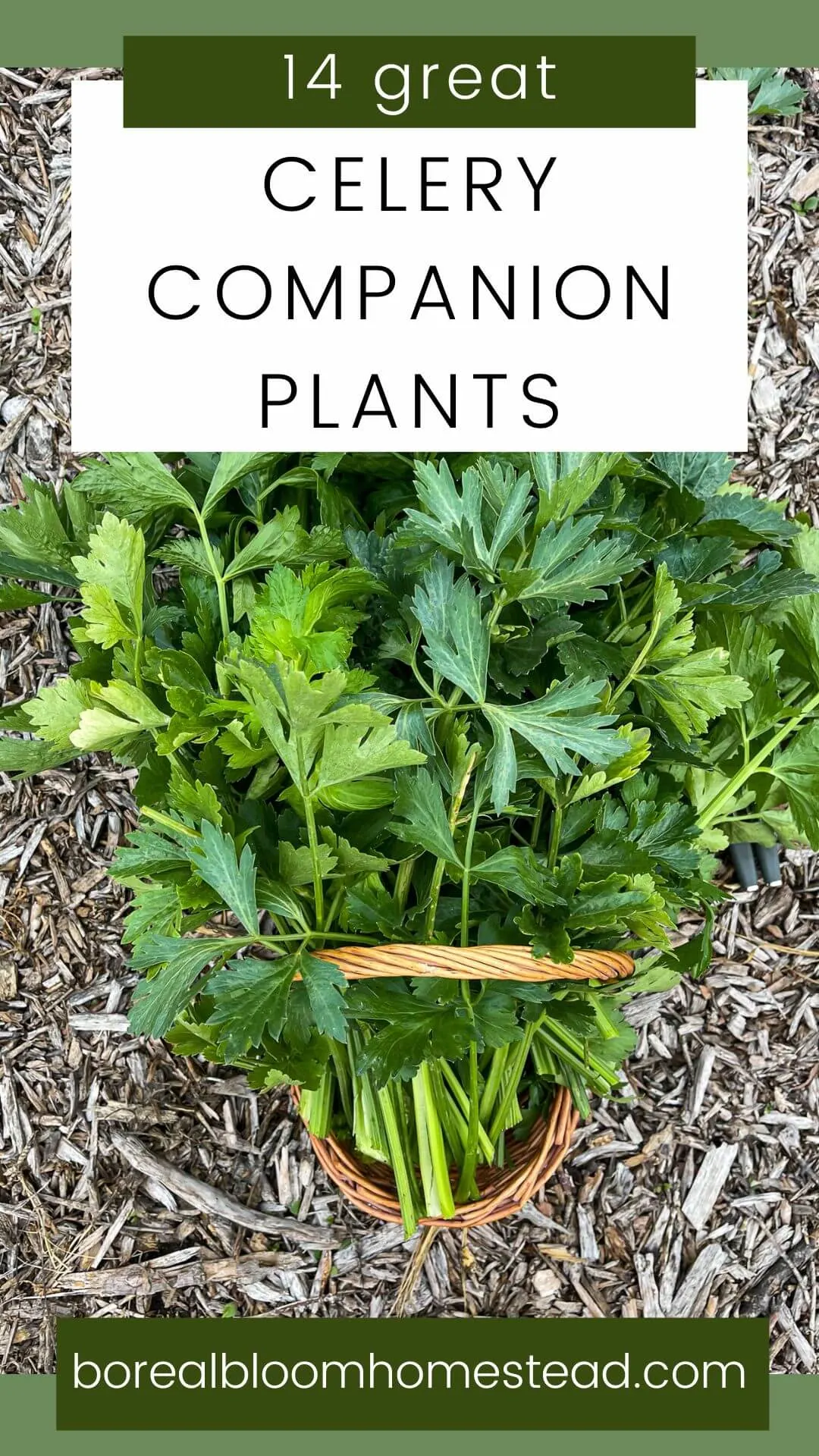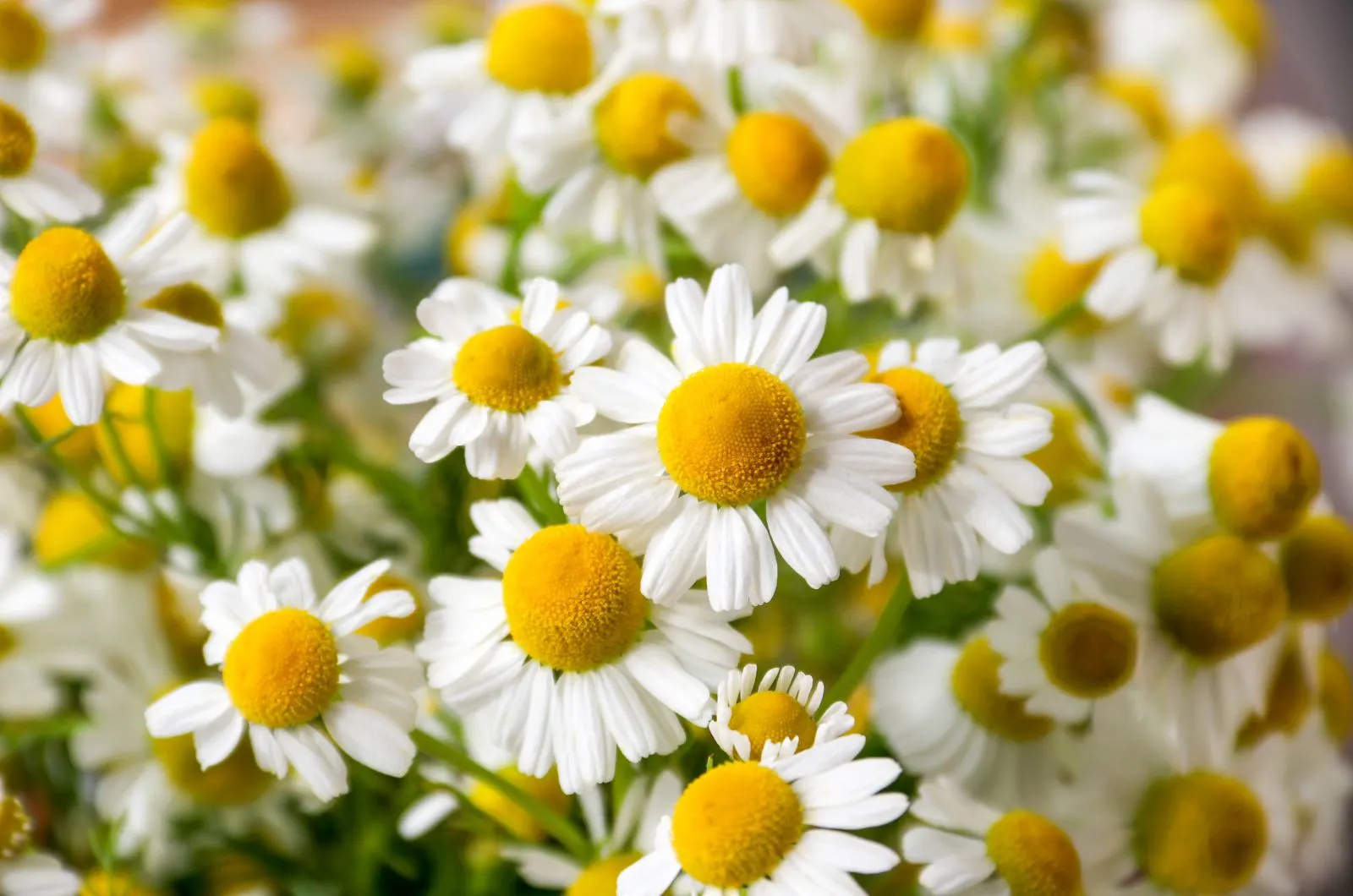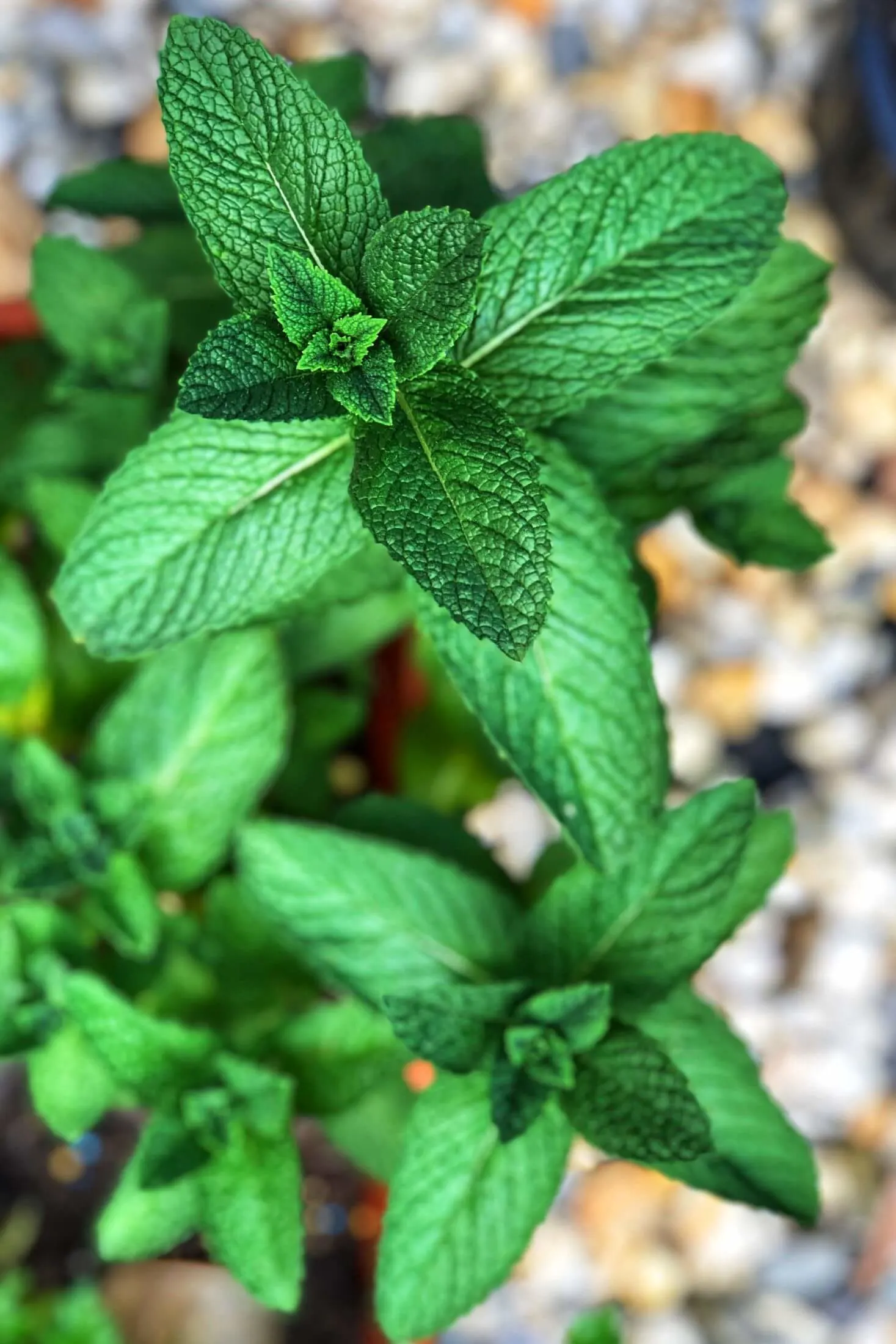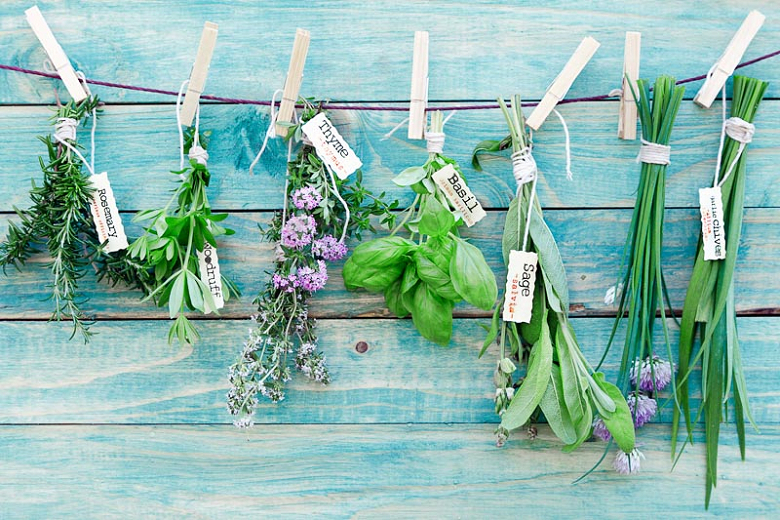The Best Celery Planting Companions
The Best Celery Planting Companions
Celery is a popular vegetable that can be grown in many different climates. It is a relatively easy plant to care for, but it can benefit from being planted near certain other plants. Companion planting is the practice of planting different types of plants together in order to create a mutually beneficial relationship. By planting celery with the right companion plants, you can improve its growth, flavor, and pest resistance.
Here are some of the best companion plants for celery:
- Alliums: Alliums, such as onions, garlic, and chives, have a strong scent that deters pests. They can also help to improve the flavor of celery.
- Beans: Beans are nitrogen-fixing plants, which means they can add nitrogen to the soil. This can benefit celery, which is a heavy feeder. Beans can also help to shade celery from the sun, which can help to prevent it from bolting (flowering prematurely).
- Cabbage family vegetables: Celery can help to repel pests that target cabbage family vegetables, such as cabbage worms and white cabbage moths. Cabbage family vegetables can also help to shade celery from the sun.
- Cucumbers: Cucumbers can help to attract beneficial insects, such as ladybugs and lacewings, which can help to control pests. They can also help to suppress weeds.
- Herbs: Many herbs, such as mint, dill, and chamomile, have strong scents that can deter pests. They can also help to improve the flavor of celery.
- Marigolds: Marigolds are another herb with a strong scent that deters pests. They can also help to improve the drainage of the soil, which can benefit celery.
- Spinach: Spinach can help to suppress weeds and improve the drainage of the soil. It can also help to attract beneficial insects.
- Tomatoes: Tomatoes can help to repel pests that target celery, such as aphids and leafhoppers. They can also help to improve the flavor of celery.
Here are some plants that should not be planted near celery:
- Carrots: Carrots and celery belong to the same family, which means they are susceptible to the same pests and diseases.
- Corn: Corn is a heavy feeder, and it can outcompete celery for nutrients.
- Parsley: Parsley and celery are closely related, and they can cross-pollinate. This can lead to a loss of flavor in both plants.
- Potatoes: Potatoes and celery are susceptible to the same pests and diseases.
- Turnips: Turnips and celery compete for the same nutrients, and they can also cross-pollinate.
By planting celery with the right companion plants, you can improve its growth, flavor, and pest resistance. This can help you to grow healthier and more productive celery plants.
Celery is a delicious and versatile vegetable that can be enjoyed in many different dishes. But did you know that there are certain plants that can help celery grow better? These are called companion plants, and they can provide a number of benefits to celery, such as:
- Attracting beneficial insects. Some companion plants, such as marigolds and nasturtiums, attract beneficial insects, such as ladybugs and lacewings, which can help to control pests that damage celery.
- Reducing the risk of disease. Other companion plants, such as chamomile and garlic, can help to reduce the risk of disease in celery.
- Improving the flavor of celery. Some companion plants, such as dill and mint, can actually improve the flavor of celery.
If you're interested in learning more about celery planting companions, I recommend visiting Garden Wiki. This website has a comprehensive guide to companion planting, including information on the best plants to grow with celery.
FAQ of celery planting companions
- What are good companions for celery?
Some of the best companion plants for celery include:
Alliums: Onions, garlic, chives, and leeks are common members of the allium family. Their strong scent can help to repel pests that may be attracted to celery, such as aphids, carrot flies, and cabbage worms.
Beans: Celery can help to repel bean beetles and whiteflies from your beloved bean plants. Beans, in turn, can help to improve the soil fertility around celery plants by fixing nitrogen.
Cabbage, cauliflower, broccoli, and Brussels sprouts: Celery can help to repel pests that like to attack brassicas, such as white cabbage moths.
Marigolds: The strong scent of marigolds can help to repel pests from celery, such as aphids, whiteflies, and nematodes.
Nasturtiums: Similar to marigolds, nasturtiums' strong scent can repel pests that want to munch on your celery, such as flea beetles.
What plants should I avoid planting near celery?
Some plants that you should avoid planting near celery include:
Melons: Melons and celery compete for the same nutrients, so planting them together can stunt the growth of both plants.
Potatoes: Potatoes and celery can both attract the same pests, so planting them together can increase the risk of pest infestation.
Tomatoes: Tomatoes can release a chemical that can inhibit the growth of celery.
How far apart should I plant celery?
Celery plants need about 12 inches of space between them to grow properly. If you are planting celery in rows, you should space the rows about 18 inches apart.
- When should I plant celery?
Celery is a cool-season crop, so it is best to plant it in the spring or fall. If you live in a warm climate, you may need to start celery seedlings indoors and transplant them outdoors after the last frost.
- How do I care for celery plants?
Celery plants need regular watering, especially during hot weather. You should also fertilize them every few weeks with a balanced fertilizer. To keep celery plants healthy, it is important to remove any weeds that may compete for water and nutrients.
Image of celery planting companions
- Marigolds repel pests such as aphids, carrot rust flies, and nematodes.

- Chamomile can improve the flavor of celery and also repel pests such as carrot flies.

- Mint deters aphids, spider mites, and other pests. It also helps to keep the soil moist.

- Nasturtiums attract beneficial insects such as ladybugs and hoverflies, which help to control pests. They also help to suppress weeds.

- Thyme, basil, dill, sage, oregano, rosemary, bee balm These herbs all have strong scents that can repel pests. They can also help to attract pollinators, which are important for a healthy garden.

Post a Comment for "The Best Celery Planting Companions"